Introducing your little ones to cause-and-effect toys is a fantastic way to foster their cognitive development while providing endless exploration. These specially designed playthings not only captivate young minds, but also teach them valuable life skills through interactive play. They are a must for any playroom!
We’re here to dive deep into the world of cause-and-effect toys, discussing their benefits, sharing our favorite toys, and exploring some creative DIY activities that you can easily set up at home to engage your babies and toddlers in cause-and-effect learning.
- Looking for other great skill-based toys? Check out our favorite sorting toys for kids!
In this post:
- What Are Cause and Effect Toys
- Teaching the Concept of Actions Having Consequences
- Benefits of Cause and Effect Toys
- Top 11 Battery-Free Cause-and-Effect Toys
- DIY Cause and Effect Activities for Babies & Toddlers
- Choosing the Right Cause and Effect Toys & Activities
- Incorporating Variety into Your Child’s Playtime
- FAQs
- Final Thoughts on Cause and Effect Toys
We get commissions for purchases made through links in this post. As an Amazon Associate, we earn from qualifying purchases.

Learn More!
Fostering Independent Play: Mini Course
The COMPLETE how-to guide for parents on why, when, and how to encourage independent play.
On-demand course broken down into 17 easy-to-digest video lessons, 5 PDF guides, & an online discussion board.
What Are Cause and Effect Toys?
As parents, we seek methods to facilitate our kids’ growth while also providing them with items for play.
One great way to do this is by introducing them to cause-and-effect toys. These interactive playthings require a child to perform an action, which then causes a dynamic reaction. They are perfect for teaching kids about actions having consequences while helping them develop important abilities such as fine motor skills, hand-eye coordination, language development, problem-solving capabilities, concentration, and attention span.
Cause-and-effect toys come in various shapes and sizes – from simple pop-up toys that make things happen when your baby presses a button or pulls a lever to more complex sets where balls roll down ramps after being placed on top.
Teaching the Concept of Actions Having Consequences
The beauty of cause-and-effect toys lies in how they teach young kids that their actions have consequences – an important life lesson. For example, when babies start learning about gravity by dropping objects from their high chair only to watch it fall every time (much like Newton’s apple), they begin understanding the concept of cause and effect.
This early cognitive skill will eventually translate into everyday decision-making as they grow older.
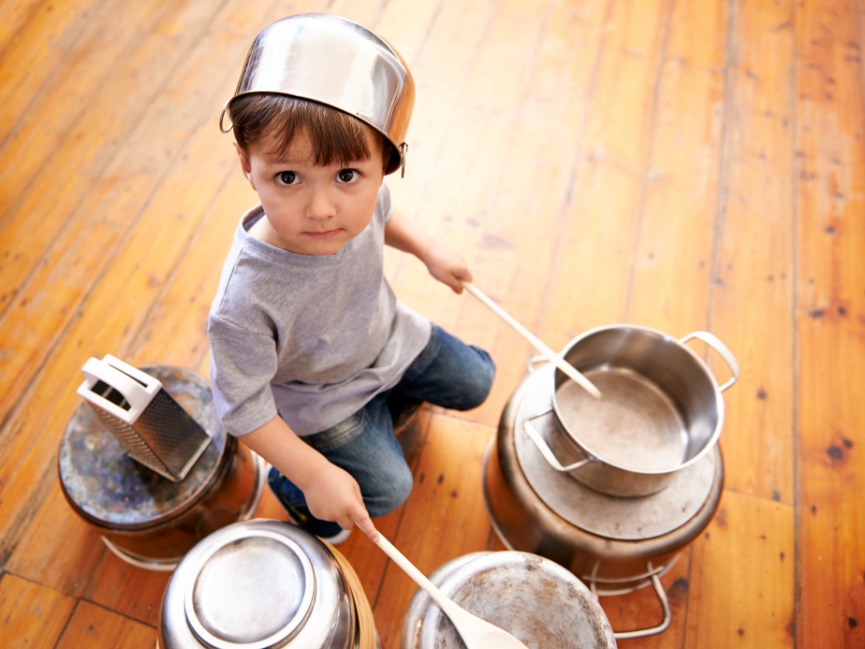
Benefits of Cause and Effect Toys
Engaging with cause-and-effect toys offers a wealth of benefits for your child’s development.
Such as:
1. Cognitive Growth Through Play
Cause-and-effect toys have the potential to sharpen cognitive skills like problem-solving, concentration, and attention span through exploration and interaction.
By using these specific toys during playtime sessions, kids learn how actions lead to reactions – an essential concept that will serve them well throughout life. For example, pop-up toys or ball poppers teach kids about the effects of pushing buttons or pulling levers as balls roll out or characters appear.
2. Building Social Skills
Beyond just developing fine motor skills and understanding causality principles, cause-and-effect toys encourage social interactions between kids themselves or between kids and adults. This helps little ones develop empathy by learning how their actions affect others around them – a crucial skill for navigating relationships later on in life.
- Mimicking facial expressions: Make funny faces at your baby while they try to copy you – this not only strengthens bonding but also demonstrates the effect of one person’s action on another’s reaction.
- Sharing toys: Encourage your child to share their favorite cause-and-effect toys with friends or siblings, helping them understand the importance of cooperation and communication.
- Playing together: Kids develop their social skills as they play together.
3. Encourage Language Development
These exciting toys encourage conversations among kids and between kids and caregivers. In fact, studies have shown that playing with such toys can significantly improve language development through exploration and interaction. Kids expand their vocabulary and expressive language skills as they talk about what they see.
4. Aid in Physical Development
Cause-and-effect toys require kids to interact with them; thus, they help to develop fine motor skills such as eye-hand coordination. Kids practice using their hands and fingers to manipulate objects.
Top 9 Cause-and-Effect Toys
Are you searching for engaging toys that don’t require batteries? Look no further. We’ve got you covered with the top 9 battery-free cause-and-effect toys.
These toys are perfect for promoting your child’s cognitive skills, fine motor abilities, and understanding of actions having consequences.
1. Fat Brain Toys’ Spin Again Wheels

Stack colorful wheels onto a corkscrew pole, then watch them spin as they slide down. This visually stimulating toy helps develop hand-eye coordination while teaching kids about gravity and motion.
The large size makes them perfect for small hands!
Check prices for Spin Again Wheels
2. Press and Tumble Ball Popper

This classic pop-up toy use air pressure to make balls pop out when pressed – a delightful surprise that keeps young minds engaged. They are perfect for developing fine motor skills and teaching cause-and-effect relationships.
Check prices for Press and Tumble Ball Popper
3. Wind-up Toys

Wind-up toys like cars or animals offer endless entertainment as kids learn how winding up the mechanism causes movement once released. While babies and toddlers do not have the coordination or strength to wind the toys, they still enjoy watching them move.
Check prices on wind-up toys
4. AALASOU Animal Cars

Kids will love pushing these cute animal-shaped vehicles along surfaces and watching them go – an excellent way to teach cause-and-effect relationships.
Check prices on Animal Cars
5. Race Car Ramp

Watch as cars zoom down ramps and race to the finish line. This exciting toy demonstrates how gravity affects motion and the car theme makes it a kid favorite.
Check prices on the race car ramp
6. Baby Rattles

Simple, yet effective – baby rattles help infants develop their grasp reflex and understand that shaking produces sound. They are perfect for developing fine motor skills and sensory exploration.
We love that the various rattles in this set each make a slightly different sound.
Check prices on baby rattles
7. Melissa and Doug Caterpillar Xylophone

Striking a xylophone’s keys with a wooden mallet creates different tones, introducing young kids to music and cause-and-effect principles simultaneously. They are perfect for developing fine motor skills and sensory exploration.
This study Melissa and Doug xylophone is our go to and has stood up to lots of use in our preschool classrooms!
Check prices on Melissa and Doug Caterpillar Xylophone
8. Rainstick

As babies turn these colorful tubes upside-down, they can watch beads cascade through various obstacles – an engaging way to learn about colors and movement. The sound of the beads ads to the sensory experience.
They are perfect for developing fine motor skills and sensory exploration.
Check prices on the rainstick
9. Pound a Ball Tower

Toys that involve pounding and rolling are highly effective when it comes to and maintaining their focus. These toys showcase to children how they can alter their environment with basic actions, such as hammering balls into a hole.
This Playkidz ball tower is not only a captivating cause-and-effect experiences for little ones, it encourage the development of large motor skills .
Check prices on Pound a Ball Tower
DIY Cause and Effect Activities for Babies & Toddlers
You don’t always need to spend money on specific toys to teach your little ones about cause and effect. To get started without breaking the bank, try using everyday objects like wooden spoons or empty containers as makeshift instruments, create sensory bins filled with different textures, or use household items to make rattles. The possibilities are endless.
Everyday life is often the most relevant and engaging teacher!
Here are some fun DIY ideas that will help your baby develop cognitive skills while learning the concept of actions having consequences.
• Sensory Bins for Tactile Exploration
We absolutely love sensory play and have seen kids engage for hours with sensory bins! Create a sensory bin filled with various items/textures like:
- rice
- pasta
- cotton balls
- beans (supervise carefully to keep your little one from shoving beans up their nose)
- sand
- water
- shredded paper
- water beads
- popcorn kernels
Encourage your child to explore different materials by touching, squeezing, and pouring them. Use measuring cups, spoons, small containers, strainers, and scoops. We love saving scoops from protein power – they’re the perfect size for little hands!
This simple activity helps young kids understand how their actions affect the environment around them.

• Rattles Made from Common Objects
No need to buy expensive rattles when you can make one at home. Fill an empty plastic bottle with dried beans or beads and secure the lid tightly. Let your baby shake it up – they’ll quickly learn that their movements create sound.
• Mimicking Facial Expressions, Noises, and Movements
When playing together, copy what your child does (e.g., sticking out tongue) so they see how their behavior influences yours.
• Popping Bubbles
Blow bubbles and encourage toddlers to pop them – this teaches that physical touch causes reactions in their surroundings.
• Rolling Balls Down Ramps
Use cardboard tubes as ramps for small balls or pompoms – kids will learn that pushing the ball causes it to roll down. Simply save some paper towel and toilet paper tubes and tape them to a wall with blue painter’s tape.
• Additional Everyday Ideas:
- banging pots and pans with wooden spoons
- opening and closing doors and cupboards
- turning lights on and off
- knocking down block towers
Encourage your child to be inventive and resourceful by incorporating these homemade activities into their daily schedule – not only is it cost-effective, but it will also foster creative thinking.
So go ahead, get creative with household items, and watch your little one learn through play.
Choosing the Right Cause and Effect Toys & Activities
When selecting toys or activities to teach your child about cause and effect, it is essential to take into account their age range and interests for an optimal learning experience that can benefit language development, social skills, concentration, hand-eye coordination, and more.
Age-appropriate toy selection
Choosing toys suited to your kid’s age is critical for ensuring their playtime yields the most benefit. For example:
- Newborns might enjoy simple rattles or mobiles with contrasting colors.
- Toddlers can benefit from pop-up toys or balls that roll when pushed.
- Older kids may be interested in race car ramps or wind-up toys.
Focusing on individual interests
To keep your little ones engaged while they learn about cause-and-effect relationships through playtime activities, try incorporating some of their favorite themes into these experiences. If they love animals, choose toys featuring animal characters like ALASOU Animal Cars; if they’re fascinated by music or sounds, opt for xylophones designed specifically for young kids.
The key is to find items that will capture their attention while also teaching valuable lessons about actions having consequences.
Incorporating Variety into Your Child’s Playtime
As parents and caregivers, it’s essential to provide a stimulating play environment for your little ones that offers variety. While cause-and-effect toys are fantastic for teaching specific skills like fine motor abilities and cognitive development, don’t forget the importance of variety in their playtime.
Including a range of playthings can assist youngsters in discovering fresh hobbies, honing social aptitudes, and cultivating imagination.
Here are some tips on how to create an engaging playroom that promotes learning through various activities:
- Balancing skill based & open ended toys: Mix up your child’s toy collection with both cause-and-effect options as well as more traditional favorites like blocks or dolls. This will encourage them to engage in imaginative play while still benefiting from skill-building activities.
- Encouraging independent exploration: Give young kids space to discover things on their own by setting up designated areas where they can safely investigate everyday objects such as wooden spoons or balls that roll around when pushed.
- Sensory experiences: Include sensory bins filled with materials like rice, beans, or sand so kids can experience tactile stimulation while also learning about cause-and-effect relationships (e.g., burying items and then digging them back out).
- Making music together: Introduce musical instruments such as xylophones or drums, which not only teach rhythm but also demonstrate the connection between actions (striking) and reactions (sound produced).
The key is finding a balance between focused skill-building activities using cause-and-effect toys alongside more open-ended playtime experiences. This approach will help your child develop holistically, fostering creativity and curiosity while also teaching essential skills.
Try various toys and activities to discover the ideal blend that caters to your child’s individual preferences and growth requirements. Happy playing.
FAQs
What are cause-and-effect toys?
Cause and effect in toys refers to the relationship between a child’s action and the toy’s response. These toys are designed to help kids understand that their actions have consequences, encouraging them to explore, experiment, and learn through play.
Cause-and-effect toys stimulate cognitive development by promoting problem-solving skills, critical thinking abilities, and creativity.
What is an example of a cause-and-effect toy?
A jack in the box is an instance of a cause-and-effect toy. It operates when a child turns the handle, resulting in music being played, and then the lid opens up, causing the jack to pop out. This interaction effectively illustrates how certain actions produce specific consequences.
What do cause-and-effect toys teach?
Cause-and-effect toys teach essential life skills such as:
- Cognitive skill enhancement: problem-solving abilities and critical thinking
- Social skill development: cooperation and communication
- Language acquisition: vocabulary expansion and sentence formation
- Fine motor skills improvement: hand-eye coordination and dexterity
What are the benefits of cause-and-effect toys for babies?
The benefits of cause-and-effect toys for babies include:
- Promoting brain development through interactive play experiences
- Inspiring curiosity about their environment
- Fostering independent investigation
- Bolstering sensory awareness by engaging multiple senses (touch, sight, sound)
- Building a foundation for essential life skills such as problem-solving, communication, and fine motor abilities
Final Thoughts on Cause and Effect Toys
Cause-and-effect toys are a great way to promote cognitive growth and essential life skills in kids all while encouraging playful exploration! DIY activities such as sensory bin exploration or facial expression imitation can also be effective for babies and toddlers.
When selecting toys that involve cause-and-effect, one should take into account the kid’s developmental stage. Rattles are suitable for newborns, while xylophones may be more appropriate for older infants. You’ll soon see which playthings become favorite toys.
If you’re looking to build a balanced playroom with various types of toys, remember the importance of diverse play options and fostering independent investigation. Cause-and-effect toys should be just one aspect of your child’s playtime experience.


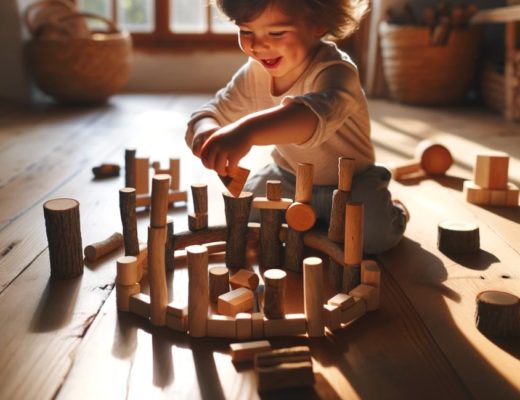
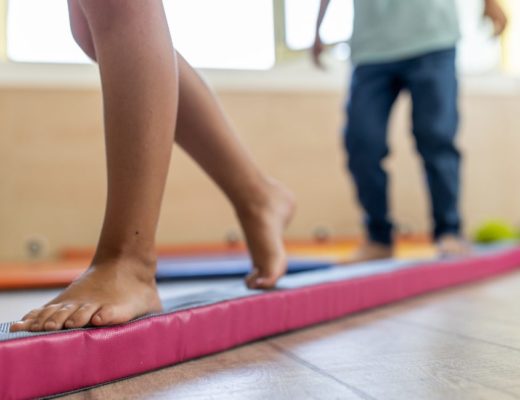
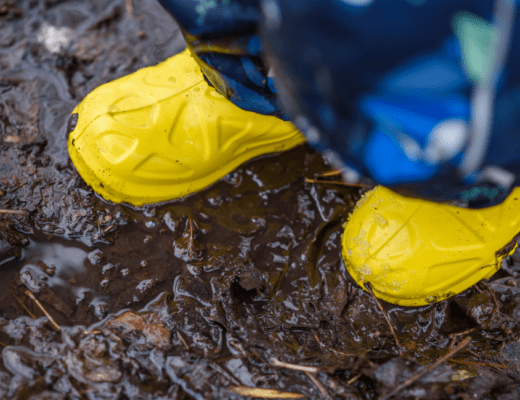

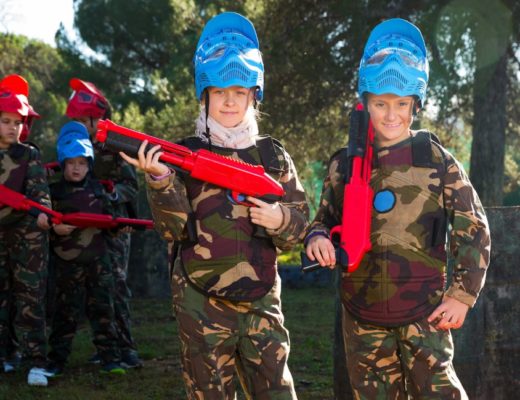
No Comments